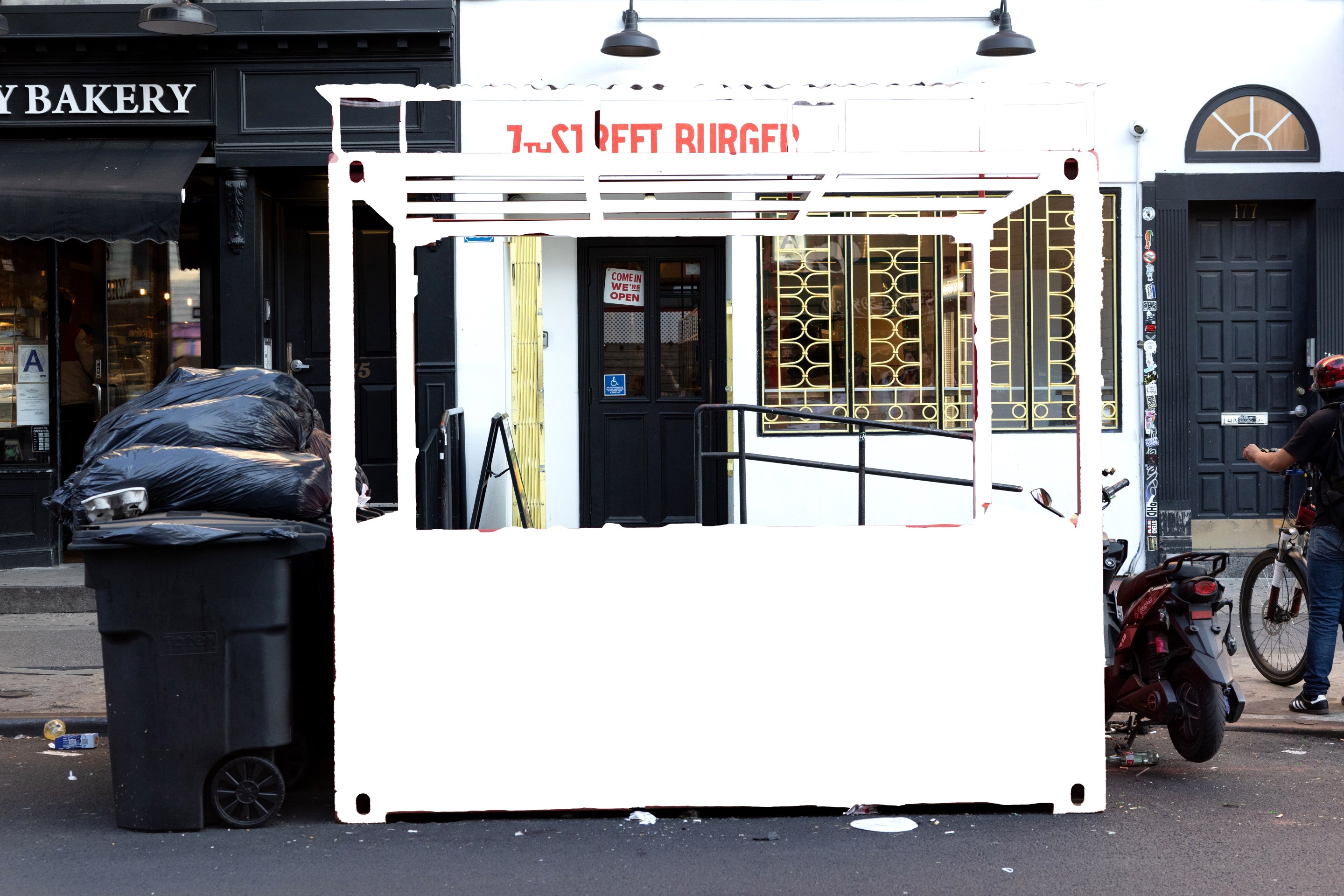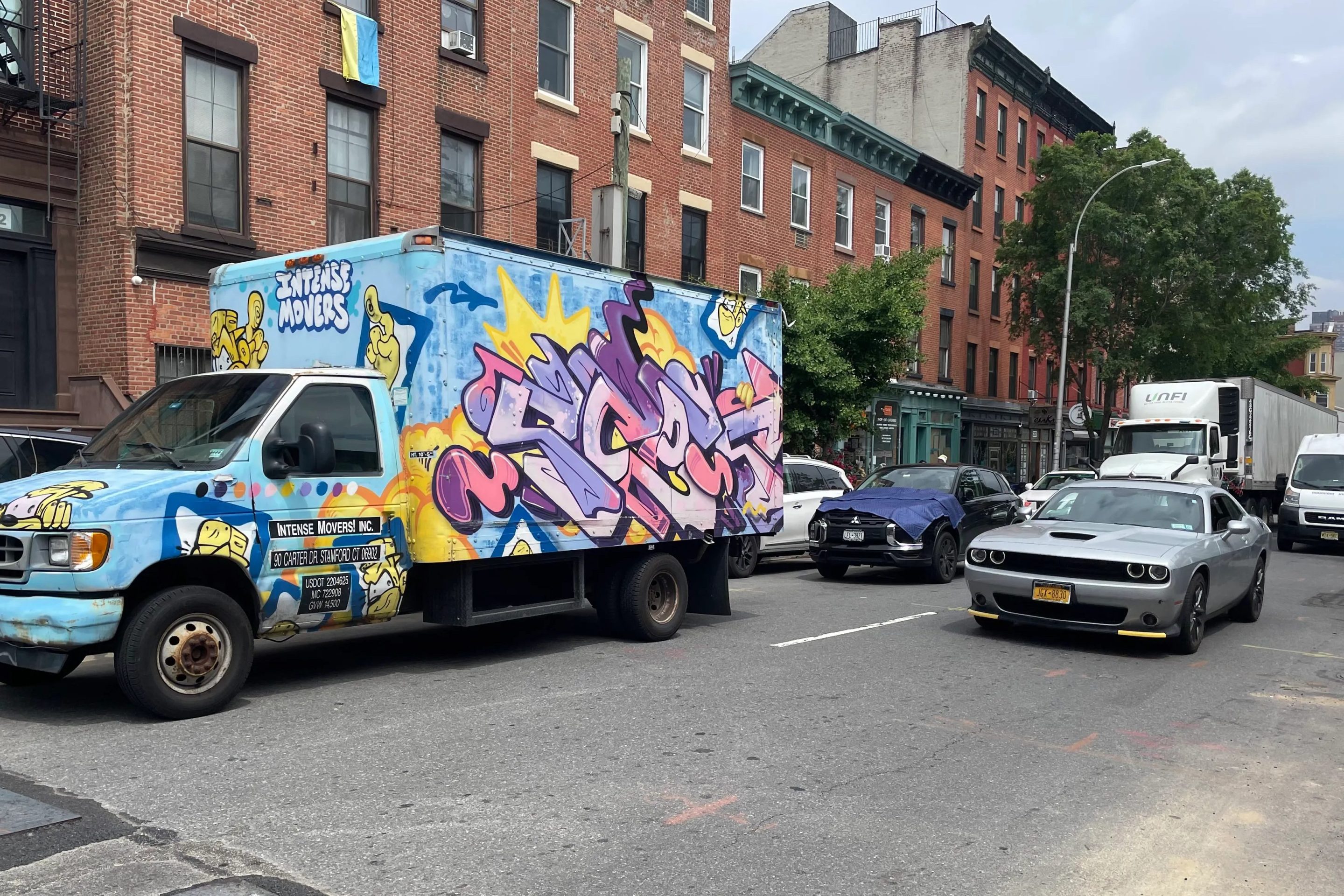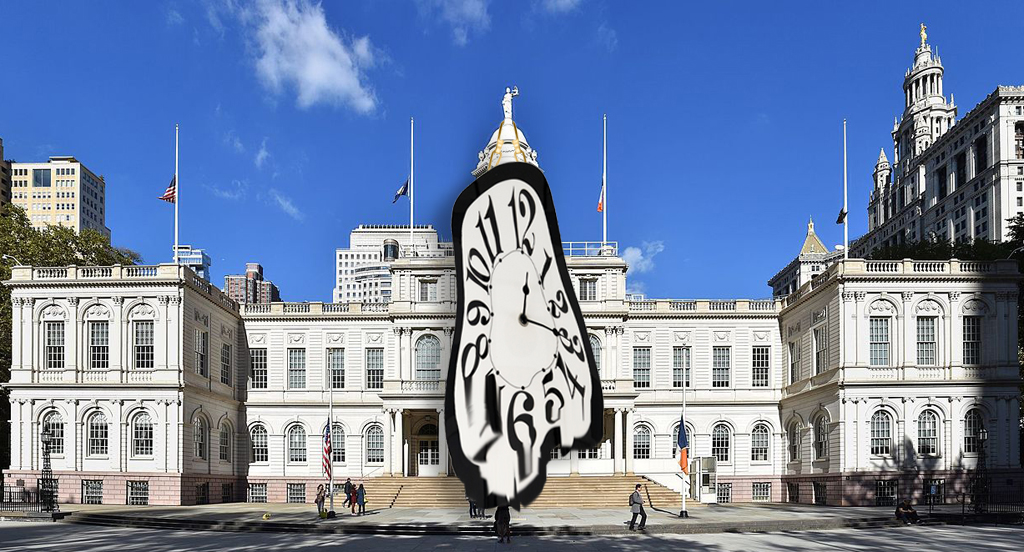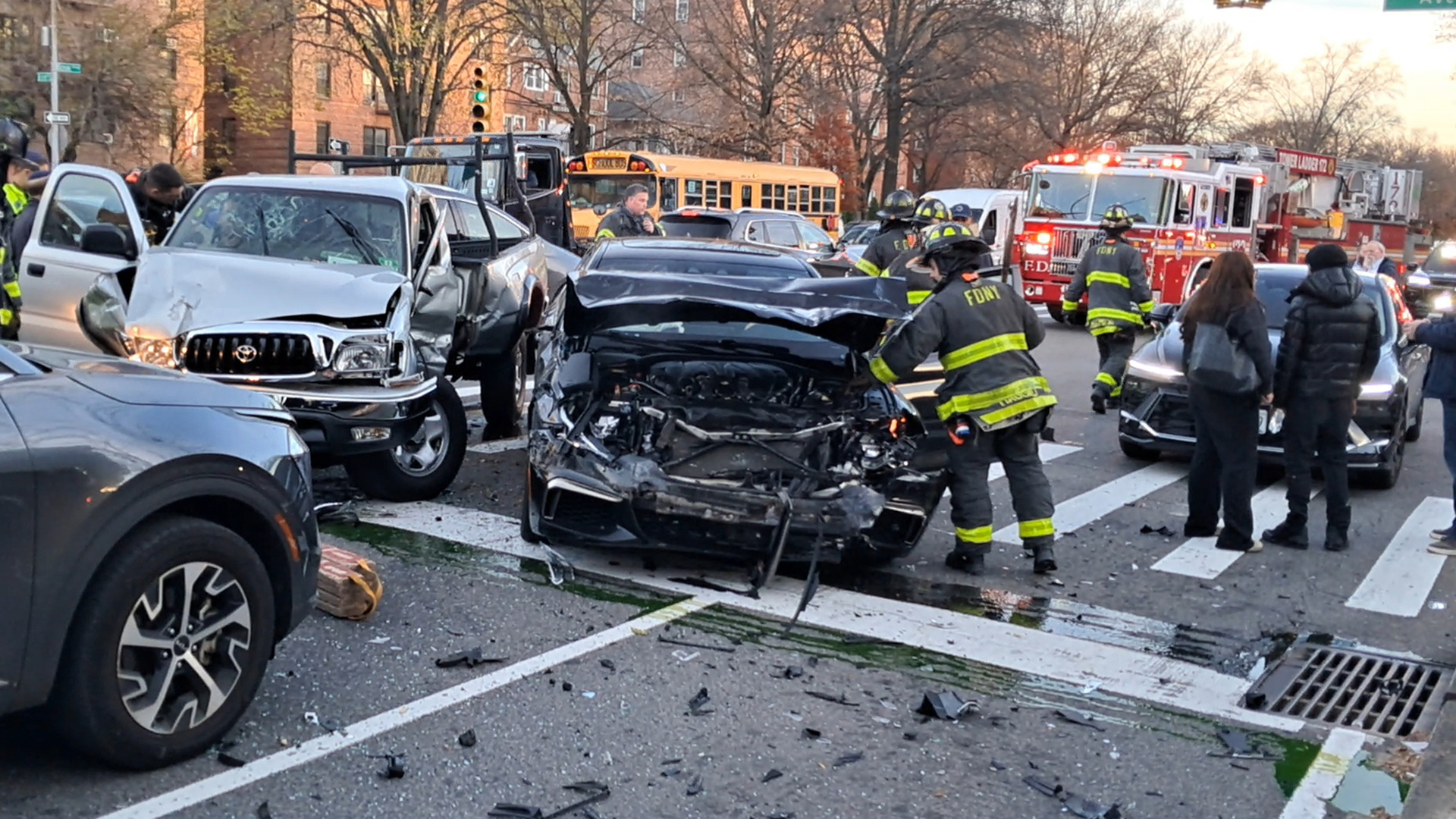
The National Committee on Uniform Traffic Control Devices might be the most influential group of American bike policy makers you've never heard of.
The committee shapes street design standards in the United States to a large extent. Their recommendations become part of the Manual on Uniform Traffic Control Devices, a guide to street markings, signs, and signals that many professional engineers treat as gospel.
The NCUTCD consists mostly of older engineers from state DOTs. In recent years, its bikeway design orthodoxy has been challenged by a new wave of engineers looking to implement treatments that the American street design establishment has frowned upon, despite a proven track record improving the safety and comfort of bicycling. Most notably, the National Association of City Transportation Officials has released guidance on the design of protected bike lanes that the MUTCD lacks.
NACTO's guidance is gaining adherents. Dozens of cities have implemented protected bike lanes in the past few years. The Federal Highway Administration endorsed the guide in 2013.
All this progress doesn't seem to sit very well with some members of the old guard. In January, the NCUTCD passed a resolution [Word file] establishing a "task force" to investigate "interest groups that may not be part of the NCUTCD" that promote street designs which don't conform to the Manual on Uniform Traffic Control Devices.
The MUTCD is supposed to allow for flexibility and deviation from the standard when conditions warrant, which often applies to "bicycle facilities in complex urban environments," said Joe Gilpin, an expert on bikeway design with Alta Planning. NACTO designs are, according to Gilpin, "for the most part… created from standards already provided within the MUTCD, even if it’s being put together in a different way."
But the recent resolution is a not-so-veiled attempt to impede that flexibility.
Not every member of the NCUTCD wants to hinder change. Bill Schultheiss, a consultant with Toole Design Group and a long-time member of the committee, was alarmed by the resolution. He says the structure of the committee leads to unnecessary foot-dragging.
"The majority of the NCUTCD members have no familiarity with bicycle facility design," he said. "Thus when presented with new bike treatments, they insist they be proven safe through rigorous research which isn't funded, even though the process allows people to use engineering judgment to consider changes to the manual."
For example, Schultheiss said, before the committee moved to approve dedicated bicycle signals, it spent a year arguing about whether it would be appropriate to use red, yellow, and green colors out of fear motorists would be confused.
Some members of the NCUTCD's Bicycle Technical Committee have resisted street treatments that are now gaining wide acceptance. The chair of bicycle committee of 10 years, Richard Moeur, was a career engineer at the Arizona Department of Transportation. He keeps a blog where he raises questions about the safety of bike-specific signals.
We reached out to Moeur for a comment on the resolution. But he deferred to other members of the NCUTCD. Other members have not responded to Streetsblog's queries.
Though the Association of Pedestrian and Bicycle Professionals and the League of American Bicyclists each nominate one member to NCUTCD, its composition is mainly dictated by other groups, like the Institute of Transportation Engineers and the American Association of State Highway and Transportation Officials, which each get to make eight appointments (Moeur is one of them). According to the group's bylaws, a two-thirds majority is needed to approve recommendations, so AASHTO and ITE support is essential for changes to the MUTCD. Once members are appointed there are no term limits, leading to infrequent turnover and a dearth of younger members.
“The 1950s era bylaws are structured to preserve the suburban and rural highway agency perspective of the council and to slow the pace of change in the manual," said Schultheiss. “Very few of the council members bicycle or walk for transportation purposes, thus their comments tend to be from a motorists’ perspective. This greatly impacts the understanding and acceptance for bicycle and pedestrian treatments.”





